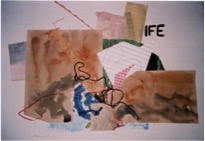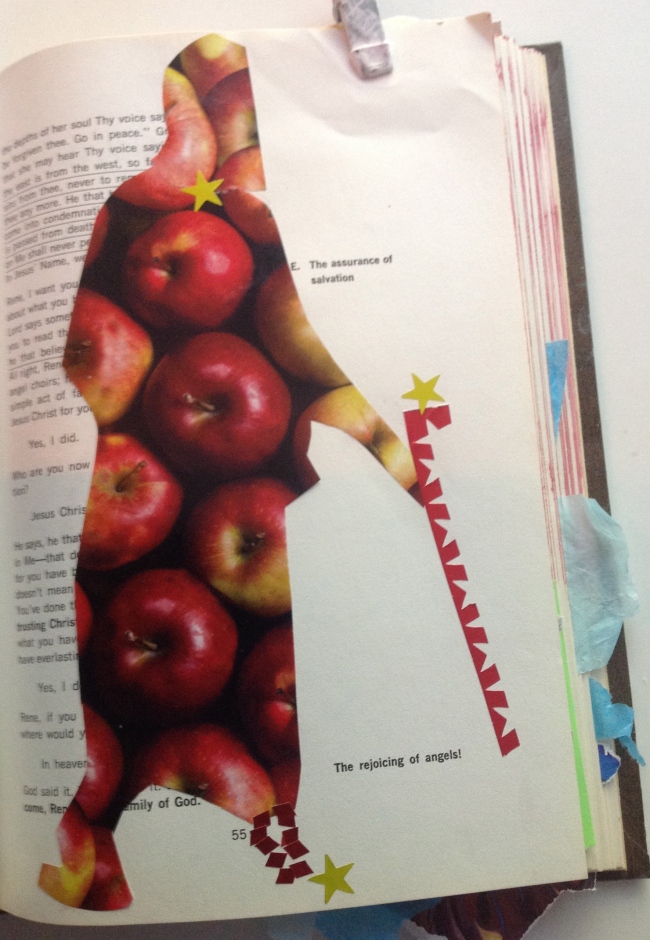If artists do not promote themselves no one else will. In fact no one else will even know that his or her work exists. Yet for a follower of Jesus, the example is humility, and oh yes, Jesus always promoted himself. What? Or did he?
Jesus often told people who he was and why he had come. He taught people about his Father. In fact his main focus was on the Father’s love for people.
Jesus did not promote himself for selfish reasons. I have to admit that Jesus revealed whom he was in ways that made him unpopular. Where am I going with this? I am not sure.
As an artist I need to sell my work. My work is often not easily accessible and needs to be explained. To explain I need a platform. To get a platform I need to promote myself and my work.
I find myself wondering what Jesus would have been like in his decade or so of working in the carpenter shop. I know the workmanship would have been superb. His dealing would have been honest. The work would have been on time and under budget. But, how would he make sales?
Perhaps the world as he knew it then has changed dramatically. (He continues to know it as he is still with us through his resurrection.) In the village, there may have been a carpenter’s guild. People would have known him and his work well because of word of mouth and the reputation of Joseph’s work. The work probably came to him. Jesus, I imagine, would have worked humbly without promoting his work or himself. In fact, his work, by its nature may have been self-effacing, yet he is the Creator of the whole world.
As a carpenter in a village he would have created functional items from time-tested designs. He did not work then as a wood artist or sculptor. What is the difference between making functional items and creating original work that is experimental, ephemeral, conceptual, thought provoking or just plain beautiful? I do not know the answer.
My work is more like the latter. In a tough economy people buy what they need to function in daily life: plates, cups, and bowls. Their focus is on survival. In these days of fake news, and especially real news, paying the bills is paramount.
Galleries suffer in down times yet art is deep and creative in a culture under duress. I think of the Dada movement of WWII. Art was made that deliberately made no sense – and it helped the artists to keep their sanity when their work was declared an affront to the state and they were deported or left.
Actually it was an affront to the state. That is why it was created. The state had gone wild. Artists had the courage to reflect this.
Anyway, that art did not sell then but now is literally worth millions. The German artist Kurt Schwitters, known as the father of modern collage, created small collages out of whatever crossed his path as he lived in a prisoner of war camp in Scotland. Work that would now be worth millions was thrown in the garbage by the guards. I saw a small collage he made one year in the Vancouver Art Gallery, 8 x 10, browned with age, bits of ordinary paper. I ask, how could this be worth millions?
It brings me back to the big questions, what is art, what is the artist, who is the viewer, what makes someone buy art? Is art worth dying for? I ask here for your answers, tell me.

“Life/Strife” Mixed Media Collage DS


